Introduction
Are you planning to venture into the world of e-commerce? Understanding the costs associated with developing and maintaining an e-commerce website is crucial for a successful online business. From domain registration and web hosting to website design and functionality, there are several factors that can impact the overall cost.
This article will guide you through the various considerations, such as web hosting options, mobile responsiveness, platform selection, security measures, SEO, payment gateway fees, and ongoing maintenance. By gaining insights into these different aspects, you can make informed decisions that align with your business objectives and budget. So, let's dive in and explore the factors that determine the costs of e-commerce website development.
Factors Determining E-commerce Website Development Costs
Comprehending the expense of e-commerce website and app development is crucial for any enterprise intending to enter the digital marketplace. The price can be affected by a multitude of elements, beginning with the choice of a domain name and web hosting, which are fundamental measures in launching your enterprise on the internet. A domain name serves as your unique address on the internet, while web hosting is akin to renting space on a server to house your website, ensuring it remains accessible to users around the clock.
Web hosting can range from shared solutions, which are cost-effective for small enterprises, to more expensive dedicated servers suitable for larger operations with higher traffic. For example, services such as GoDaddy provide hosting packages that can range from $5.99 to $24.99 per month, with the possibility of reductions on initial setup expenses. Opting for the right hosting package is essential as it impacts your site's reliability and performance.
When it comes to developing your web presence, it's not just about having a functional site but creating a seamless user experience that aligns with your business objectives, whether that's generating leads, closing sales, or building brand awareness. The design process should blend scientific precision with psychological understanding to captivate user interest. It's reported that a staggering eighty percent of websites fail to engage users due to treating design solely as an art form rather than a science.
Moreover, the development of a web application is another layer to consider. Similar to building your dream house, the price of a web app is determined by factors such as complexity, features, and the technology employed. It's crucial to determine the purpose of your web app, as the functionality can range from a simple blog to a sophisticated platform optimized for specific tasks.
A notable example of innovative retail technology is the checkout-free store recently opened in Dublin Airport, equipped with Zippin technology. This emphasizes the significance of investing in a digital trading platform that can adjust to evolving industry trends and consumer expectations.
Finally, website maintenance is a critical, ongoing investment that includes hosting, security measures, content updates, and technical upkeep to ensure optimal performance. Understanding the various hosting choices accessible, from shared to cloud hosting, and their related expenses, will enable you to make informed decisions for your online business strategy.
Website Design and Development Costs
Crafting a compelling and effective e-commerce website is a multifaceted endeavor that requires a thorough understanding of both aesthetic and functional elements. It's not just about creating a site that looks good; it's about developing an online presence that resonates with your brand and facilitates a seamless shopping experience for your users.
To begin, it's imperative to evaluate the essential features and functionalities that your website must possess to meet your business objectives. This could range from the basics, like product galleries and shopping carts, to more advanced elements like live chat support, user reviews, and interactive product customization tools. Each feature should be carefully considered, as it will play a role in engaging and converting visitors into clients.
When considering web hosting options, it's crucial to choose a reliable provider that ensures your website remains accessible and performs optimally. The expenses associated with hosting can differ, with providers such as GoDaddy providing plans that span from $5.99 to $24.99 per month, excluding more advanced choices like virtual private servers and dedicated servers. These costs can vary depending on the particular needs of your business, such as the amount of storage, bandwidth, and the level of support required.
Moreover, the integration of mobile responsiveness into your website design is non-negotiable. With over half of web traffic coming from mobile devices, and statistics indicating that users are more likely to revisit and share mobile-friendly sites, optimizing for mobile UX is a crucial step in ensuring that you don't lose potential customers due to poor mobile experiences.
It's also important to stay informed about the latest trends in online business, such as the advent of checkout-free stores powered by advanced technologies like Zippin, which offer convenience and innovation. Observing these developments can inspire you to incorporate cutting-edge features that enhance the user experience.
The expense of constructing an online shopping site can be significant, but by specifying your requirements, investigating and contrasting service providers, and comprehending the significance of mobile user experience, you can guarantee that your investment results in a prosperous and competitive internet platform. Remember that an exceptional mobile experience can result in recurring acquisitions and enhanced client allegiance, which are vital motivators of enduring success.
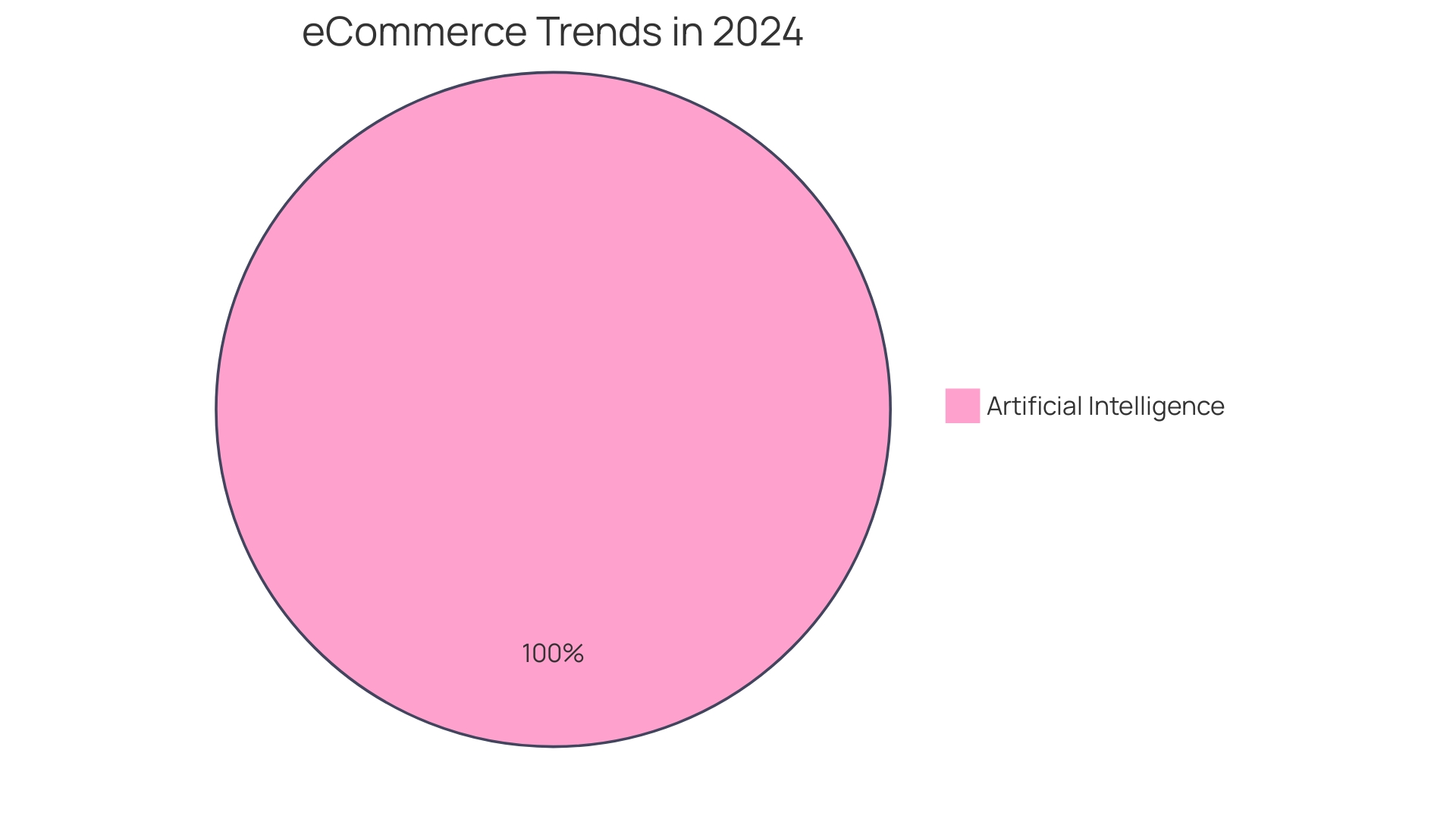
Platform Selection and Its Impact on Costs
Choosing the appropriate online platform is a crucial choice that can impact the overall expenses of building and managing your internet presence. With a multitude of factors at play, the platform you choose must align with your company's unique needs while providing room for growth and adaptation to market changes. Consider Dunelm Group plc, the UK's leading homewares retailer, whose digital platform accounts for a significant portion of their revenue. While they climbed, they required a platform that could uphold their growing enterprise without sacrificing performance or client satisfaction.
When evaluating your options, consider Shopify, a robust e-commerce solution praised for its user-friendly interface, customizable themes, and comprehensive support for HTML and CSS. Shopify's self-hosting capabilities eliminate the need for separate web hosting services, simplifying the setup process. Additionally, the platform's adaptability serves companies of all scales, from new ventures to worldwide corporations, addressing different client challenges and changing market requirements.
The importance of platform selection extends beyond immediate functionality; it influences how you compete in the industry. As platforms are essentially multi-sided markets, they must balance the needs of all participants. This concept is highlighted by the Sec's interpretation of platforms as a competitive basis in the financial industry. Furthermore, the rise of checkout-free stores, like the Zippin-powered Dublin Town To Go, showcases the innovative possibilities that platforms can facilitate, enhancing customer experiences and streamlining operations.
Incorporating insights from case studies, such as Sirius Technologies' transition to cloud development environments, emphasizes the strategic importance of platforms in optimizing software development life cycles and expanding service offerings. Statistics reveal that platforms are not just technological tools but vital components of today's global economy, with the top firms in the world operating as platforms.
When contemplating your platform choices, ponder over these insights and industry advancements to arrive at a well-informed decision that will assist your online trade goals and propel your enterprise ahead.
Customization and Functionality Costs
The complex network of online business website development is similar to building a distinct structure where every brick represents a specific requirement of your business. Just as Alexandra Murgu's project Armur required a personalized narrative interwoven with functional patterns that can be replicated across the site, your online trading platform demands the same level of detailed craftsmanship. The website is not just a digital asset; it's an extension of your brand, capturing your vision and emotion, demanding a seamless blend of creativity and functionality.
Consider the example of Dublin's checkout-free store powered by Zippin technology—an innovation in retail that streamlines the shopping experience. Analogously, your e-commerce site's checkout process must be engineered for efficiency, minimizing customer drop-off rates, and enhancing the user journey. The price of such customized solutions will mirror the intricacy and distinctiveness of the build.
Each decision, from hosting optionsâwhich range from shared to dedicated servers and cloud hostingâto security measures and performance optimization, carries its own implications regarding expenses. For example, hosting expenses can vary depending on the provider and plan, reflecting the variability found in web app development. This variability is why understanding the 'why' behind your web app or website, whether it serves as a personal blog or a thriving online business hub, is crucial.
In the realm of custom versus off-the-shelf software, the decision is not merely financial but strategic. The choice must align with your objectives, ensuring that your online presence is not just a cost center but a strategic tool propelling growth and innovation. As you decide the level of customization and functionality needed, keep in mind that the investment in your online business website is an investment in your business's future.
Mobile Responsiveness and User Experience Costs
Attaining mobile responsiveness in your online business platform is more than a luxury; it's a necessity that directly influences both user experience and search engine rankings. Mobile responsiveness is a critical factor in user engagement and retention. With over 50% of consumers unwilling to engage with a brand offering a subpar mobile site, it's evident that a seamless mobile experience is indispensable.
Mobile sites that load within a mere two seconds boast a remarkable 15% higher conversion rate compared to the average. This highlights the user's preference for functionality over aesthetics—a fast, average-looking mobile site trumps a visually appealing yet sluggish one. This user-centric approach is further underscored by statistics showing that nearly half of all web traffic is initiated from mobile devices, underscoring the importance of mobile design in your digital strategy.
Furthermore, a user-friendly mobile site is not only about attracting clients, but also about retention. Approximately 79% of Americans are more inclined to revisit and share a mobile-friendly site. In the realm of B2B transactions, a superior mobile experience doubles the likelihood of repeat purchases from the same vendor.
Consumer behavior further demonstrates the influence of mobile UX on online shopping; 61% of users will abandon a website if they cannot locate their desired items quickly, while 48% express annoyance with websites that are not mobile-friendly. This frustration leads to 52% of users being less likely to engage with the company.
The statement is evident: investing in mobile responsiveness is not only about addressing the current situation, but also about positioning your online trade for future expansion and client devotion. By prioritizing mobile UX, you can cater to the increasing number of consumers who expect a fluid and efficient shopping experience across all devices.
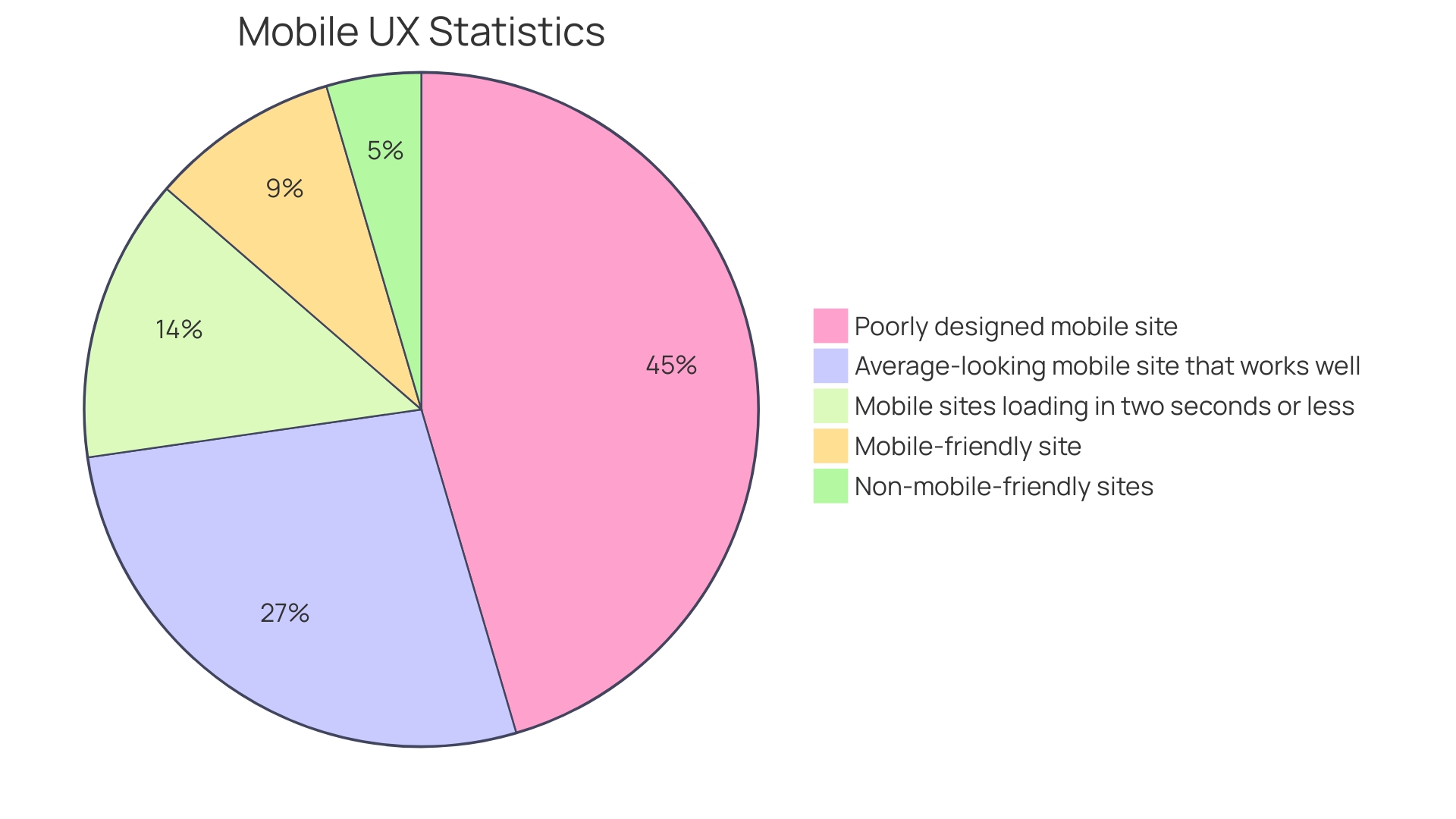
Inventory Management and Product Catalog Costs
Building a user-centric product catalog and integrating an inventory management system are two crucial factors in improving the experience and operational efficiency of an e-commerce business. When considering the costs associated with these advancements, it's crucial to understand the practical benefits they bring to the table. For example, a well-organized product catalog is not just a list of items; it functions as a comprehensive database that communicates valuable information to both clients and employees. By incorporating specific characteristics for each item, such as measurements, materials, color choices, and availability, enterprises can respond to inquiries from buyers accurately and promote a smoother shopping experience.
Moreover, the integration of sophisticated inventory management software can offer real-time data on stock levels, sales, and shipping information, empowering businesses to make informed decisions. This software often includes features like warehouse management across different locations and automated low-stock alerts, thereby minimizing the risk of stockouts and ensuring efficient order fulfillment. Companies like Zara have set an example by leveraging artificial intelligence within their supply chain to maintain a competitive edge, showcasing the importance of embracing technology in inventory management.
Phil Kyprianou's experience with Gothrider Coffee illustrates the significance of distinctive branding and the challenges of managing product bundles. As such, inventory systems should not only provide operational support but also enhance the brand's value and resonate with its unique aesthetic. Similarly, the checkout-free store technology used in Dublin's Town To Go store points to an evolving retail landscape where efficiency and consumer convenience are paramount.
Incorporating these innovative practices requires an upfront investment but can lead to substantial long-term benefits, such as enhanced client loyalty, reduced operational costs, and a stronger market position. In the end, investing in inventory management and product catalog systems is an investment in the future of the company, aligning with the strategic goals of engaging with clients and expanding the brand.
SEO and Digital Marketing Considerations
Investing in search engine optimization (SEO) and digital marketing is an essential strategy for e-commerce enterprises aiming to enhance organic traffic and elevate sales. A well-orchestrated SEO campaign can substantially improve your website's visibility, drawing in a more relevant customer base. However, SEO is not an overnight solution; it is a long-term investment. Data tracking of over 100 million domains reveals that companies actively involved in SEO can anticipate a surge in traffic, but the timeframe for noticeable results can vary, highlighting the importance of continuous effort and adaptation.
Content creation plays a significant role in this strategic endeavor. A study of successful SEO campaigns pinpoints content velocity as a critical factor. By generating a substantial volume of content promptly, businesses create more opportunities to rank for targeted keywords. This approach demands a balance, as demonstrated by an analysis that found publishing five articles per month to be an optimal frequency for consistent engagement without overextending resources.
The intricacy of SEO for e-commerce lies in optimizing your platform to meet Google's guidelines, considering Google's staggering 93% market share in the search engine space. The core objective here is to refine the user experience and make valuable information readily accessible, thereby establishing trust and authority within your industry. This, in turn, drives traffic and revenue by aligning with the right search intentions.
Keyword research is paramount, with the online experiences of about 93% of individuals starting with a search engine. Identifying high-volume, low-competition keywords that align with the purchasing intent of your target audience is crucial. This procedure includes examining search volume, ranking complexity, and the purpose behind the queries used by potential clients.
The digital landscape is crowded, with an estimated 24 million online stores globally. In this competitive arena, your website is your digital storefront. As such, it must be optimized not only to attract but also to captivate potential customers. The implementation of SEO and digital marketing strategies is essential for standing out and reaching the right audience in this vast online marketplace.
Lastly, it's important to note the changing dynamics of search engines, as Google continues to evolve its offerings. With the introduction of new search features like AI-powered overviews, which provide quick answers and deep dives into web content, enterprises must stay current and adapt their strategies accordingly to maintain and improve their online visibility.
Security and Data Protection Costs
To fortify your e-commerce business against cyber threats, an in-depth understanding of the financial implications of security and data protection is essential. The incorporation of security protocols has a price, but the negative impact of not safeguarding your client information can be far more harmful. A recent analysis by IBM Security revealed that the average cost of a data breach has reached a new peak in 2023. Moreover, approximately 40% of Indian organizations report feeling highly vulnerable to cyber risks, according to PricewaterhouseCoopers.
Compliance with data privacy regulations such as GDPR in Europe, and similar guidelines in the UK and the US, is not optional. These regulations mandate transparent data processing, consent solicitation, and the collection of only essential data for legitimate purposes. The consequences of not complying can result in significant financial penalties and a decline in trust. It's a sentiment echoed by consumers, with 79% of mobile users citing data privacy as their top concern during online shopping.
Investing in cybersecurity is not just about compliance; it's about safeguarding your brand's reputation and maintaining trust. As online shopping platforms like SoftwareProjects and BuyGoods manage the data of thousands of customers daily, robust security measures become a critical component of their operational integrity. The recent incident of exposed sensitive data, including identification documents and credit cards, underscores the need for stringent security protocols.
E-commerce leaders must view cybersecurity investment through the lens of risk management. By understanding the varying levels of risk associated with different types of data loss, resources can be focused where they are most needed. Ultimately, an investment in cybersecurity is an investment in the future sustainability and success of your online business.
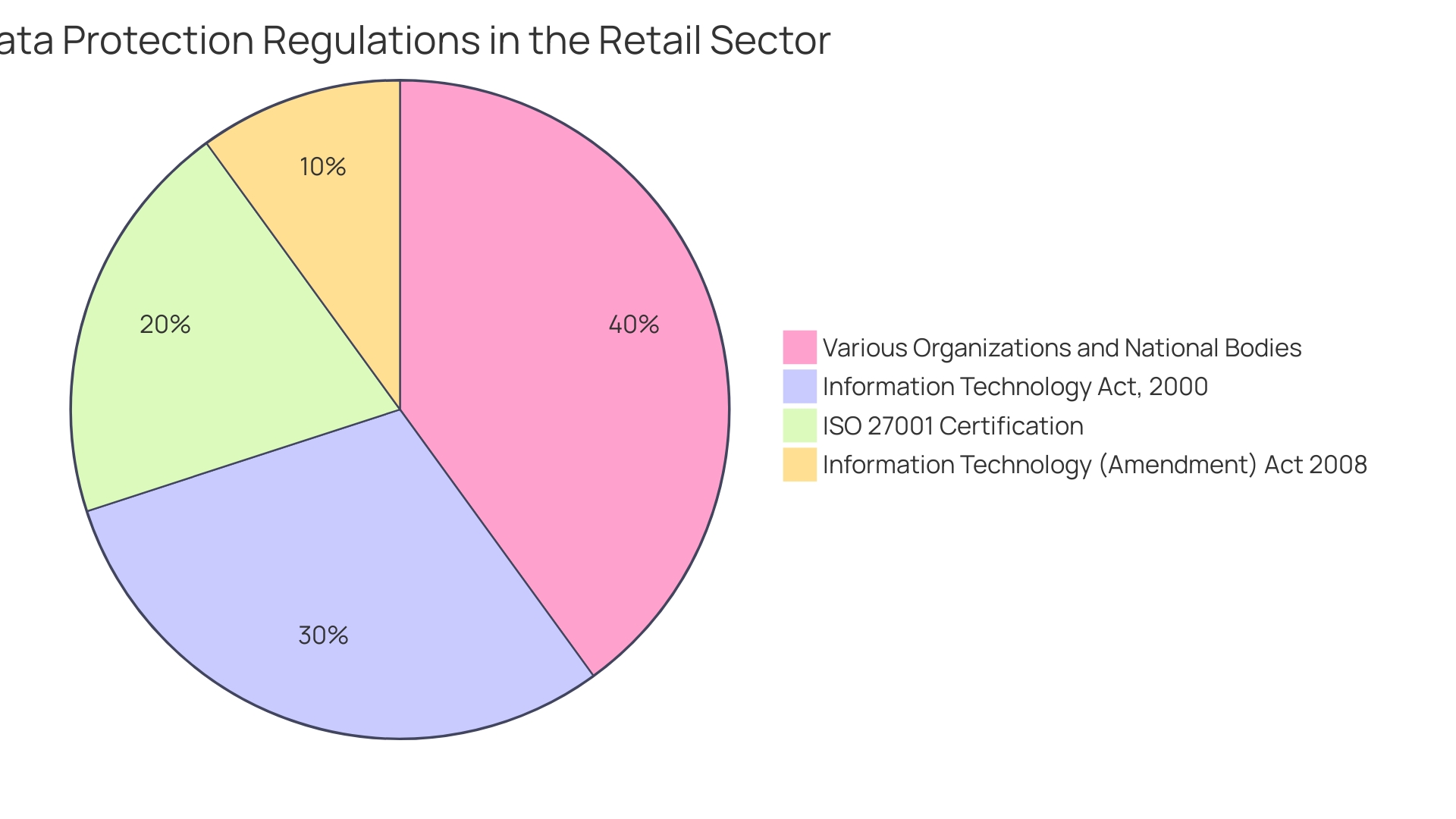
Domain Registration and Web Hosting Costs
Securing a domain name and selecting a web hosting service are crucial foundational steps when starting an online business website. As a director in online business, your decisions in these areas can have important consequences on your presence on the internet and experience of the clients. When acquiring a domain, companies such as Namecheap stress the significance of not only affordability but also outstanding customer service and support, guaranteeing your e-commerce venture has a strong foundation. It's crucial to choose a domain registrar and hosting provider that align with your company needs, offering both reliability and competitive pricing.
When taking into account the expenses, it's crucial to be mindful of market trends and upcoming changes. For instance, recent announcements from domain registrars such as Sav.com indicate a price drop for .com domains to $7.95, starting January 1, 2024. Additionally, .org domains are being promoted as an excellent alternative for non-profits and community organizations. These price adjustments offer a strategic opportunity for online businesses to obtain their desired domain names at a reduced price.
In addition to the initial purchase, the ongoing expenses of a domain name and web hosting should be considered when planning your online business website's budget. Transparent pricing and a clear understanding of the included features are essential to prevent any unforeseen expenses. As e-commerce continues to expand globally, encompassing a wide spectrum of industries, the decisions you make today regarding domain registration and web hosting can have a long-term impact on your online strategy and operational success.
SSL Certificate Costs
Understanding the importance of SSL certificates is essential in today's cyber-threat landscape. The story of a client whose eCommerce checkout page was compromised illustrates the sophistication of cybercriminals. They used a clever method to steal credit card details, highlighting the need for robust website security measures like SSL to protect sensitive data and maintain trust.
SSL certificates create a secure connection and encrypt information transmitted between the customer's browser and your website. This level of security is non-negotiable, especially considering that Wordfence reported blocking over 100 billion password spray attacks in a single year, with an average of 30,000 websites hacked daily. Significantly, 43% of online attacks target small enterprises, yet only 14% are ready to protect themselves.
When taking into account the price of an SSL certificate, it's crucial to include the potential financial impact of cyber attacks. The global losses due to cybercrime are staggering, affecting businesses of all sizes, with some companies going out of business following security breaches.
As SSL becomes the industry standard, not having one can put you at a competitive disadvantage. Fortunately, SSL certificates are both affordable and easy to set up. Many hosting providers even include them without any extra charges. With the upcoming price increase for .com domain names announced by Verisign, it's also a prudent time to consider the costs associated with digital security and domain management.
In brief, investing in a trustworthy SSL certificate is an economical approach to safeguard your online presence, protect your clients' data, and ensure the trust and confidence of your consumers in the security of their transactions.
Payment Gateway Fees and Integration Costs
Choosing the appropriate payment gateway is a crucial choice for any e-commerce enterprise. Beyond just enabling transactions, it serves as a connection between your sales and your customers' satisfaction. The complexity of payment processing fees shouldn't be overlooked. A common structure is the blended fee, which sums up various charges into a single rate. While it simplifies billing, it provides limited visibility into the breakdown of expenses, often leaving businesses uninformed about possible savings. On the other hand, the Interchange++ model breaks down fees, providing transparency on how various factors such as merchant category codes and geographical location affect expenses.
In the realm of digital transactions, one must not overlook the power of local alternative payment methods (APMs). They can greatly decrease transaction expenses by utilizing less expensive funding sources. Local APMs, like GoPay in Indonesia, Ideal in the Netherlands, and WeChat Pay in China, align with the preferences of consumers and can result in enhanced profit margins. With over 500 APMs globally, the potential for cost savings and customer satisfaction is considerable.
The credit card processing landscape is intricate, involving security checks, transaction routing, and fund clearing. It is crucial for enterprises to understand the intricacies of their merchant account, which functions as a credit line for managing payments and refunds. The approval process examines various factors, including industry type and creditworthiness, before permitting an organization to accept card payments.
Keeping abreast with payment trends is crucial, especially as the market evolves with new real-time schemes and payment methods. Insights from the Global Payments Report 2023 reveal that staying informed on consumer preferences and payment technologies is key to success in both existing and new markets. It emphasizes the importance of understanding the full scope of payment complexities to navigate the changing landscape effectively.
Custom Development and Tailored Solutions Costs
When constructing an e-commerce platform, one must be prepared for the financial implications of custom development. These tailored solutions are essential for addressing specific requirements, ensuring your online presence aligns perfectly with your operational needs. For instance, customizing the user interface to present technical data in an easily digestible format can enhance user engagement, as demonstrated by Nets in their digital payment solutions. Similarly, Artemii Lebedev's project, Armur, exemplifies how a personalized portfolio website can capture the essence of an individual or business while maintaining a functional design.
The price of such customizations can vary significantly, with considerations ranging from domain names and web hosting to the intricate details of the user experience. As we explore web hosting, an important aspect for website performance, the options vary from shared hosting to dedicated servers, each with different financial implications. GoDaddy, for instance, offers hosting plans that can suit diverse business needs and budgets.
It is also crucial to recognize the changing landscape of online business and its influence on development expenses. Recent news highlights the innovation in retail systems, such as checkout-free stores powered by Zippin technology at Dublin Airport, indicating a shift towards more seamless experiences that may require sophisticated development efforts.
In summary, to create a remarkable online trading platform, one must carefully assess the essential features and services that will shape the customer journey. Whether it's ensuring a smooth checkout process or integrating cutting-edge technology, the investments made in custom development can significantly influence the overall cost and success of your online business.
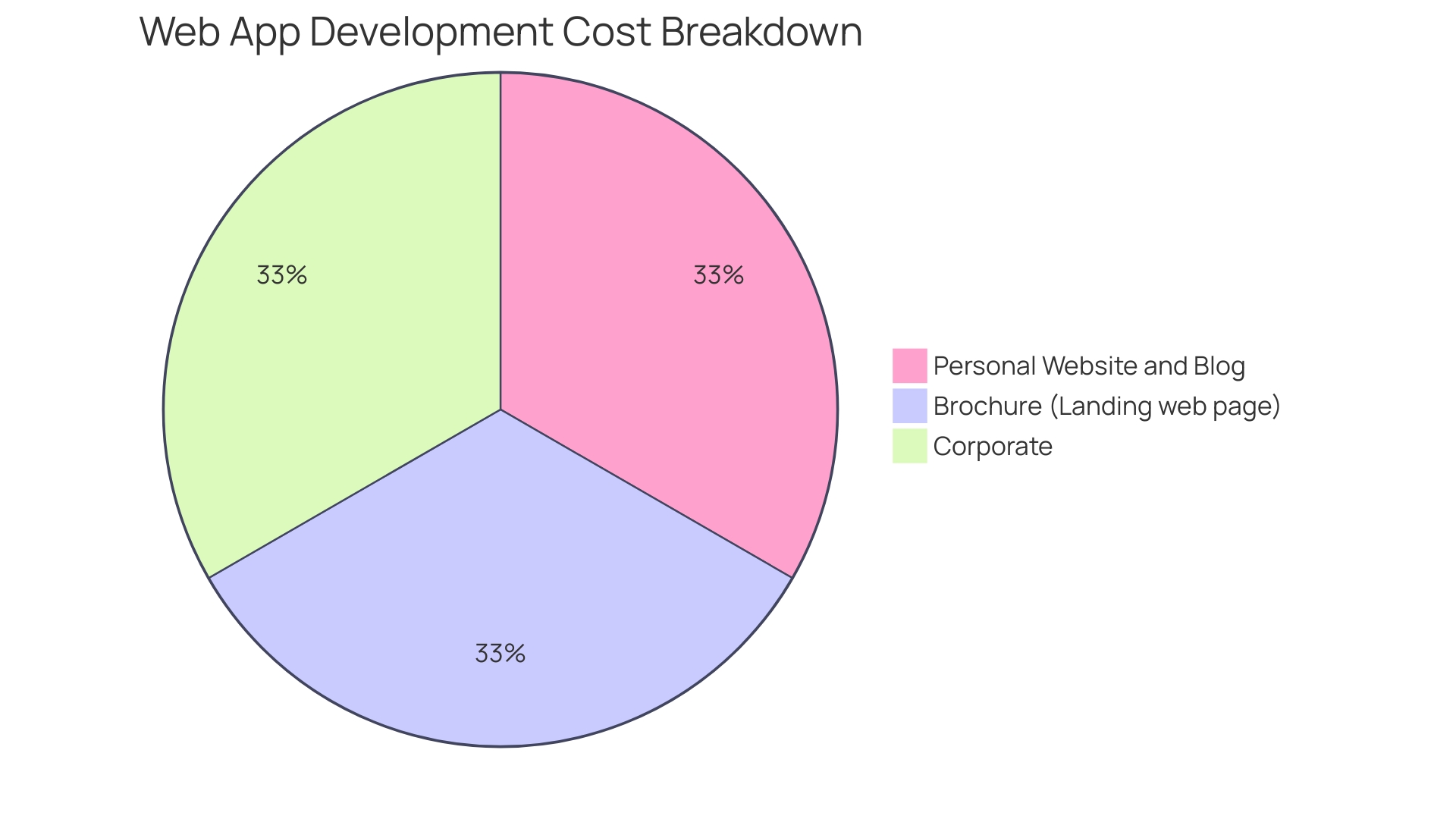
Additional Costs: Add-ons, Extensions, and Plugins
When expanding or enhancing your e-commerce website's capabilities, the integration of specialized add-ons, extensions, or plugins is often a critical consideration. These tools can be pivotal in customizing your online store to meet specific business requirements and improve the shopper's experience. For instance, advanced analytics can offer deep insights into user behavior, guiding more data-driven decisions and potentially increasing sales conversions. Equally important is the implementation of a seamless checkout process to avoid any hiccups during the customer's purchase journey.
The investment in such additional features must be weighed against their potential to drive revenue and efficiency. As the digital marketplace continues to evolve, with new technologies like AI shaping the future of online shopping, staying ahead of the curve may require such enhancements. Notably, the integration of checkout-free technology, as seen with the Zippin-powered store in Dublin Airport, exemplifies innovation that caters to the convenience of modern consumers. When you think about replatforming or upgrading your online business system, it's crucial to evaluate these advanced features and their compatibility with your strategic objectives to remain competitive and deliver an outstanding digital shopping experience.
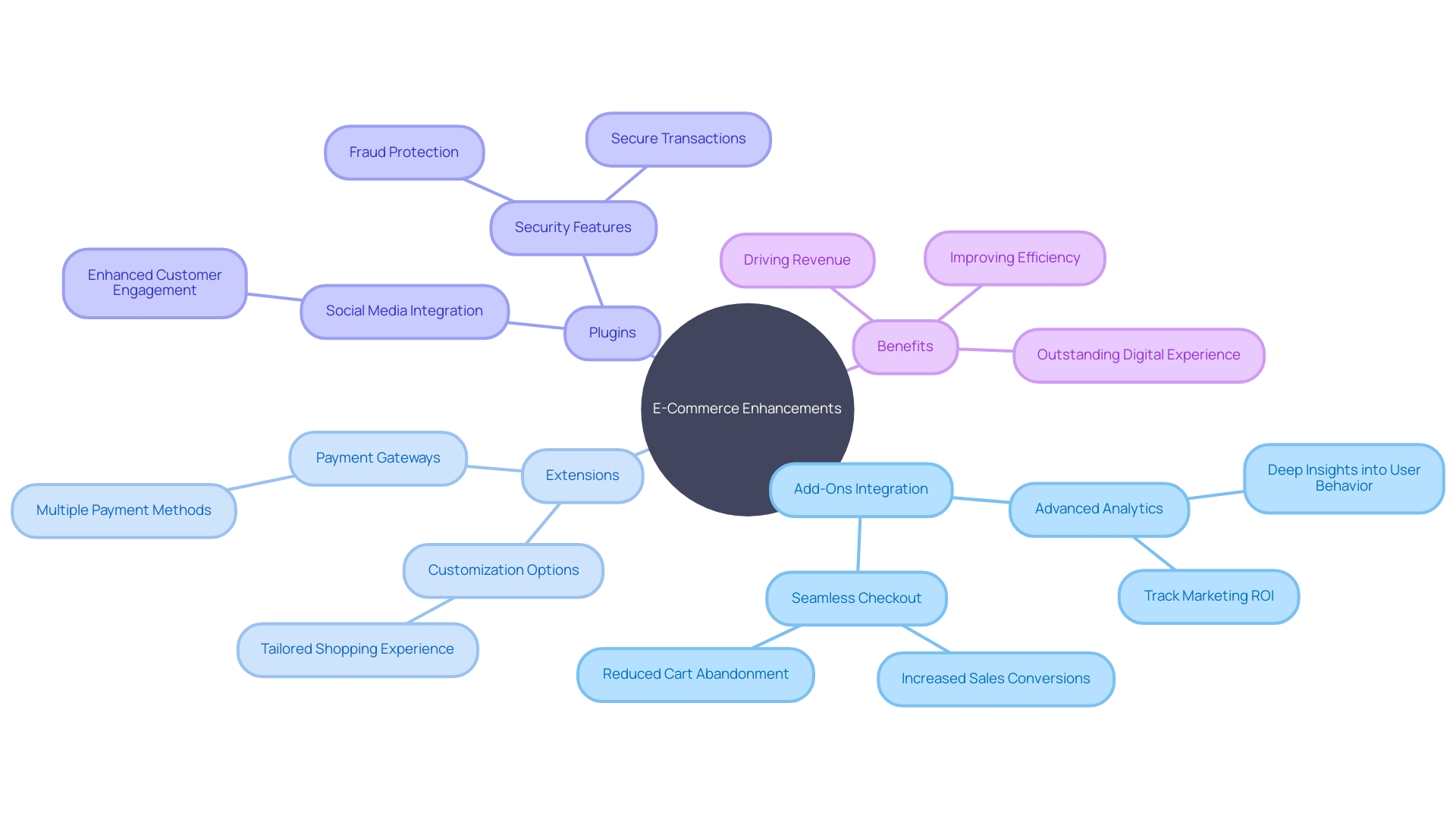
Ongoing Maintenance and Support Costs
When building an online shopping platform, it's vital to acknowledge that the initial setup is only the start. Continuous maintenance and support are vital for the seamless operation of your website. Several elements influence the ongoing investment in your e-commerce solution:
- Automated Testing: Extensive test coverage can streamline the upgrade process, considerably reducing manual testing efforts. A greater level of automated tests results in increased efficiency in identifying and resolving issues, which ultimately reduces the need for maintenance expenses.
Selecting the appropriate hosting service is crucial for maintaining accessibility of your website at all times. The expenses related to hosting can vary greatly depending on the type of service selected, and should be chosen with caution to align with your business needs.
- Operational Continuity: The internet is perpetually active, and so should be your online business site. Any downtime can result in lost sales and damaged reputation. Ensuring robust operational procedures can help maintain your online presence consistently.
Maintenance and support for your online business platform are essential to its success and should be taken into account in your overall expense evaluation. It's an ongoing dedication that safeguards and advances your online enterprise.
Data Backups and Regular Updates
When contemplating the security and performance of your e-commerce platform, it's imperative to factor in the costs associated with data backups and regular updates. Consider the story of Chess.com, which has cultivated a massive community of over 150 million users by delivering an exceptional digital chess experience. Their commitment to a robust IT infrastructure has been pivotal in scaling to meet user demand, emphasizing the value of reliable backups and updates in facilitating growth and stability.
Similarly, the cautionary tale of an online store running on WordPress and hosted on a local provider highlights the repercussions of inadequate performance management. The site's frequent crashes during high traffic times illustrate the urgency of implementing a resilient strategy for updates and backups.
In the realm of small enterprises, the stakes are high, with statistics indicating that over half of the companies that lose their data shut down within six months. This highlights the crucial importance of backup software in safeguarding against data loss from various threats, and ensuring continuity.
Furthermore, considering that a remarkable 82% of websites are not active among the 1.11 billion existing on the internet, the 43% of small enterprises aiming to enhance their website performance in 2023 is a clear indication of the competitive advantage necessary in the digital marketplace.
Considering these perspectives, assigning resources for data backups and updates is not only a technical requirement but also a strategic investment in the resilience and expansion of your online business.
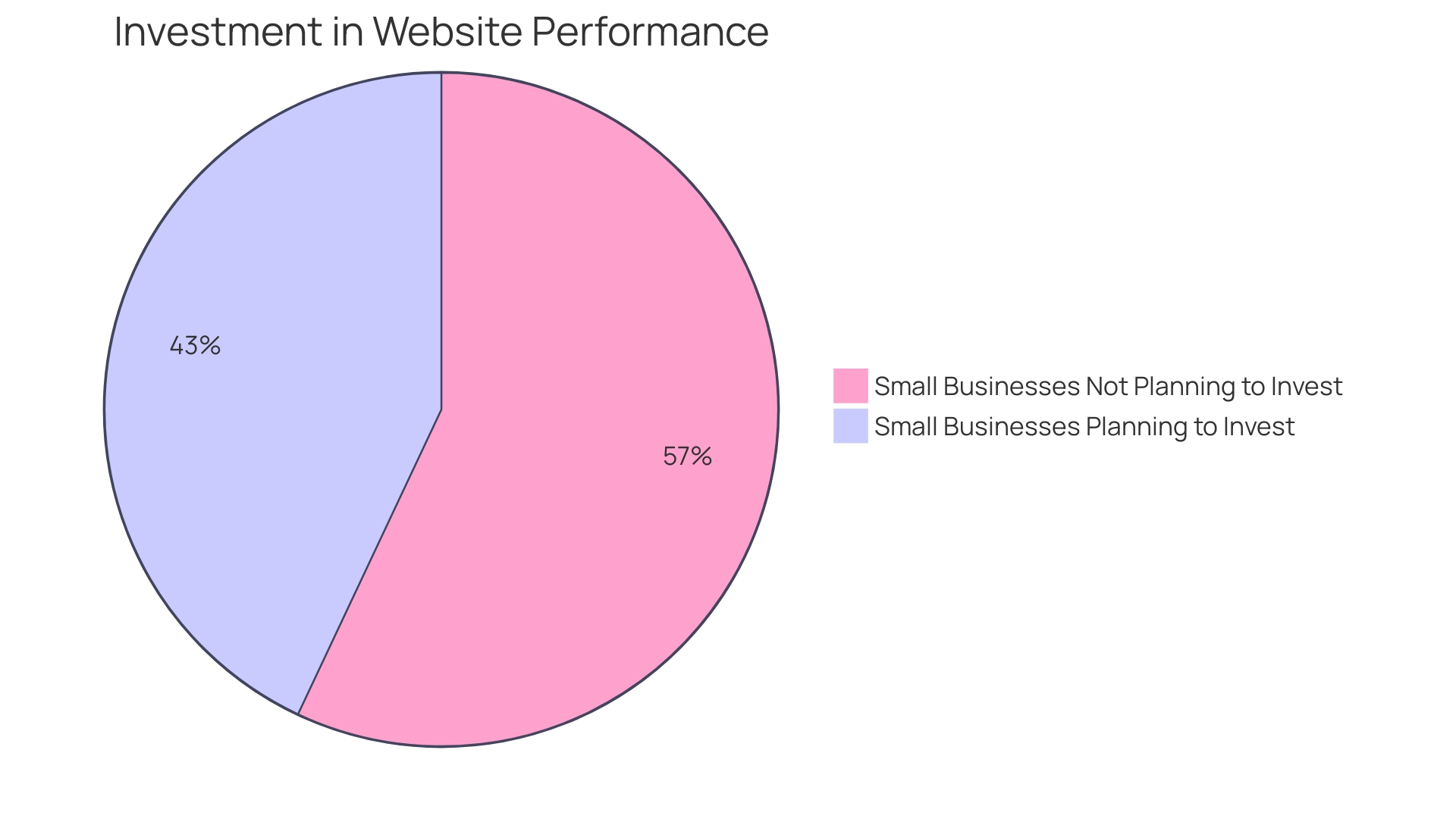
In-house vs. Agency Development Costs
Deciding between in-house development or contracting an agency for e-commerce website creation is pivotal. Each choice has unique financial implications to consider. In-house teams may offer more immediate oversight and seamless integration with existing systems but come with added expenses for recruitment, salaries, and benefits. Agencies, while potentially more cost-effective due to their specialized focus, must align with your company's vision and timeline. Consider Nets, a digital payment solutions provider, which faced the challenge of presenting technical data in an accessible manner. They transformed complex tables into engaging content, illustrating the benefits of a tailored approach to content presentation. Additionally, understanding web hosting is essential as it affects your site's uptime and load speed. Costs can range from $5.99 to $24.99 per month with providers like GoDaddy, varying based on the chosen package. Furthermore, the offshore development approach is gaining popularity, providing notable savings due to reduced labor expenses in nations such as India, Ukraine, or Vietnam, and the opportunity to tap into a wide range of skilled professionals. In the end, a thorough analysis of expenses should take into account these considerations alongside your business's specific requirements, such as necessary features, domain name, and web hosting, to guarantee an informed choice that aligns with your strategic goals and budget.
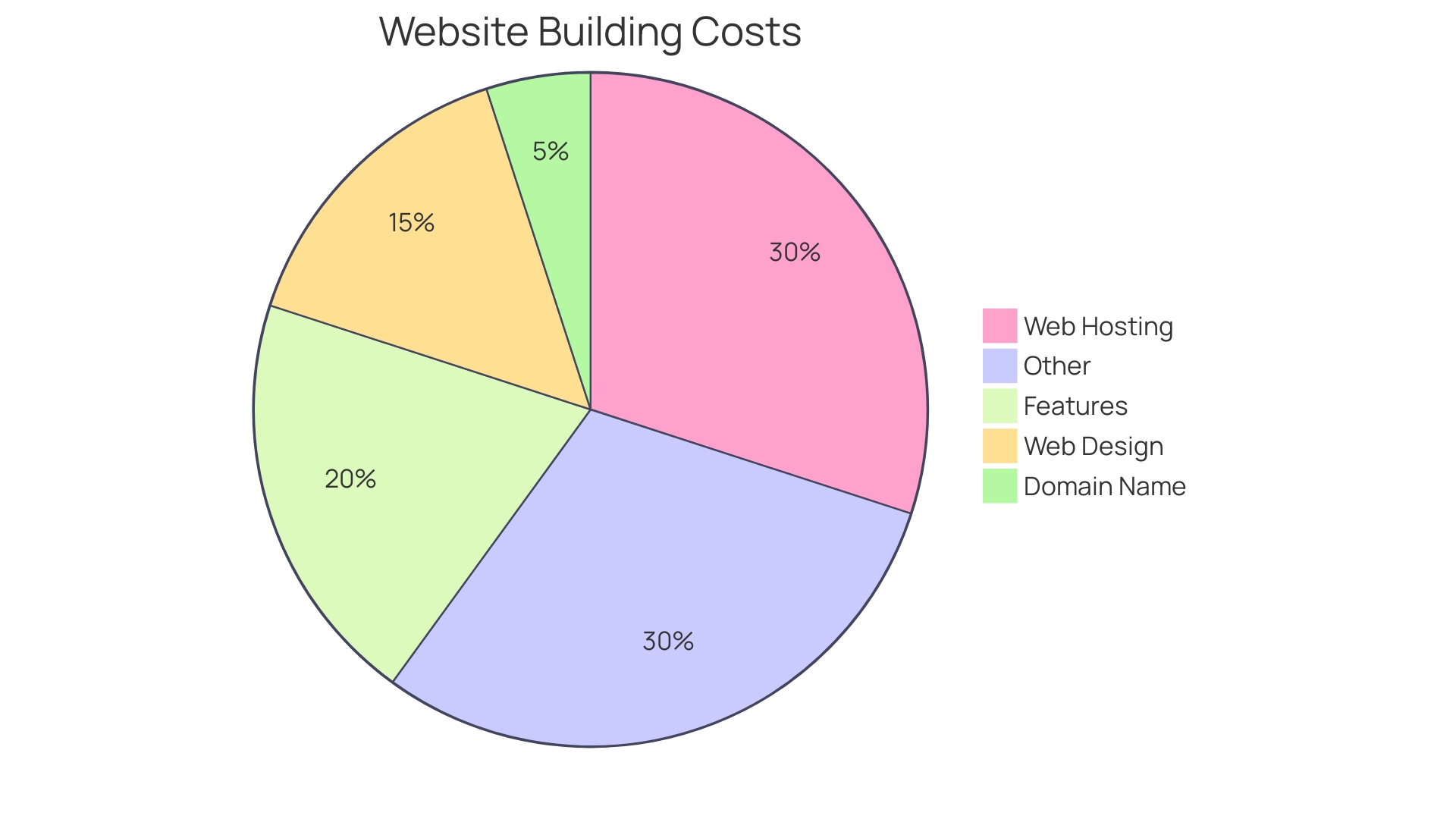
Budgeting for Long-term Maintenance and Upkeep
Creating a strong online shopping website is similar to constructing a house; the initial building phase is just the start. To ensure longevity and optimal performance, a dedicated budget for maintenance, updates, and future enhancements is imperative. Consider the myriad of components that comprise your digital storefront: from the domain name to web hosting—a pivotal element that keeps your site accessible around the clock.
Hosting fees can swing widely, influenced by the type of service selected. For instance, GoDaddy's monthly plans range from $5.99 to $24.99, exclusive of higher-tier options like virtual private servers. These expenses depend on the package most appropriate for your operational requirements. Furthermore, website content requires regular updates to stay relevant and cost-effective. Overlooking this aspect can lead to hefty long-term expenditures.
It's essential to understand that a website is a dynamic digital asset, continually evolving with technological advancements and user expectations. Maintenance isn't merely a technical necessity; it's a strategic investment. Participating in this continuous process guarantees that your online platform stays secure, efficient, and aligned with current trends, such as the influential role of Artificial Intelligence in personalizing shopping experiences.
In 2023, the e-commerce landscape is defined by an ever-growing assortment of hosting solutions, from shared to cloud hosting, each with its distinct cost implications. By understanding and planning for these expenses, you secure not just the functionality but also the future of your online presence, allowing it to thrive in an increasingly competitive digital ecosystem.
Conclusion
In conclusion, understanding the costs of e-commerce website development is crucial for a successful online business. Factors like web hosting, mobile responsiveness, platform selection, security measures, SEO, payment gateway fees, and ongoing maintenance all contribute to the overall cost.
Choosing the right web hosting provider and package is essential for reliability and performance. Designing a website with a seamless user experience and mobile responsiveness is crucial for engaging customers. Selecting the right e-commerce platform that aligns with your business needs and allows for growth is pivotal.
Investing in security measures and data protection is necessary to protect customer information and maintain trust. Considering payment gateway fees and integration costs helps make informed decisions. Ongoing maintenance, data backups, and regular updates are important for the smooth operation of your website.
Deciding between in-house development or hiring an agency has financial implications that should be considered. Budgeting for long-term maintenance and upkeep ensures the longevity and optimal performance of your e-commerce website.
By understanding these factors and making informed decisions, you can develop an e-commerce website that aligns with your objectives and budget. Remember, investing in your online presence is an investment in the future success of your business in the digital marketplace.
Start developing your e-commerce website today and align it with your objectives and budget!





